QuestionHello. My name is Jon and I'm a researcher for the TV show CSI. We're wondering if you can help us with the following question.
If an investigator suspects fish are feminized because he sees a male fish that has eggs in it's body, then what types of tests might he do to confirm the fish is feminized?
In addition, what are the identifying features of a male and female trout or bass?
Thank you so much for taking a look at this. Anything you can share would be extremely helpful.
Best
Jon
AnswerHi Jon,
The first thing is that you have to be very careful about which fish species you are talking about because some kinds of fish naturally change sex, and others can be both sexes at the same time (simultaneous hermaphrodites).
Trout or bass don't fall into either camp mentioned above, i.e., they are either male or female. However, with these fish you again have to be careful. For example, often people will email me saying, "I had this female fish that turned into a male". What they really mean is that "I had a fish which didn't have much color (and so I concluded it was a female) and now it has lots
of color (so it must be a male)". Many fishes start out life looking like females (less colorful) and only look more malelike (typically colorful) when they get big
enough and bad enough to fight off other males. A young
male that showed lots of color would likely get his fish butt kicked pretty badly by an adult territorial male.
(I'm getting to your question, but it takes a bit of
background first). So, how do fish that can normally change sex do that? Little fish called gobies are often sex changers. They are able to do it because being a male goby and being a female goby isn't that different. Externally they often look similar and internally whereas the female has an ovary (or two ovaries depending on the species) the male has an elongate testis which looks very similar to an ovary. So, in the sex switchers, what happens is that in the male's testes we start to see patches of ovarian tissue growing in the testes which eventually get larger and come to dominate the structure and the "male" now functions as a "female'. The eggs of a female or the sperm of a male come out of the same hole (gonadal pore) so that really doesn't have to change at all.
Now for feminization. Basically, a male bass has a pair of testes, but if there are enough estrogens in its environment, the estrogens would cause ovarian tissue to grow in the testes and theoretically at least the "testes" could start to produce eggs. So, the real test would be to find a male bass which looks like a male bass, open it up and find eggs (and ovarian tissue) in its testes. You can tell the ovarian tissue from the testicular tissue by looking at thin sections of it under a microscope (this is called histology).
So, as far as CSI goes, you would want environmental tests for estrogen (glass vials with liquids that change color when test chemicals are dropped in, much like a swimming pool test kit). (That would actually be a bit of a simplification, the real test likely uses a spectrophotometer type of thing which basically says "that much purple color indicates x amount of estrogen" or something similar. You would want someone cutting open a fish and saying "hey, that's weird... see this male fish... here is his testes but look at that part right there... it looks like an ovary and it appears to have developing eggs in it!". Finally, you would want some cool microscope slides (two microscopes side by side) and dialog much like this "here in this scope we see regular testicular tissue but here you can see patches of ovarian tissue in the testes... " Top it off with one of the male cast members being offered a glass of water
from the suspect body of water and you're good to go :)
Cautions: be very careful making any mention of genetics. Sex (gender) in fishes is often not determined by chromosomes the way it is in humans, i.e., in humans, XX is female, XY is male. Not so in many fish. Some fish have multiple sex chromosomes and in some sex isn't determined genetically at all. So, stay clear of genetics as any kind of "evidence".
As for the identifying features of the sexes of trout and/or bass, that's a big question because there are so many species of each (66 species of trout and a dozen or so species of bass). Which in particular are you interested in?
Hopefully what I have written will help or at least help you to ask more specific questions which I will be happy to try to answer. (I do appreciate the attempt that CSI makes to be scientifically accurate -- that's really important to people like me, so thanks.).
-- Ron
rcoleman@cichlidresearch.com
Cichlid Research Home Page <http://cichlidresearch.com>

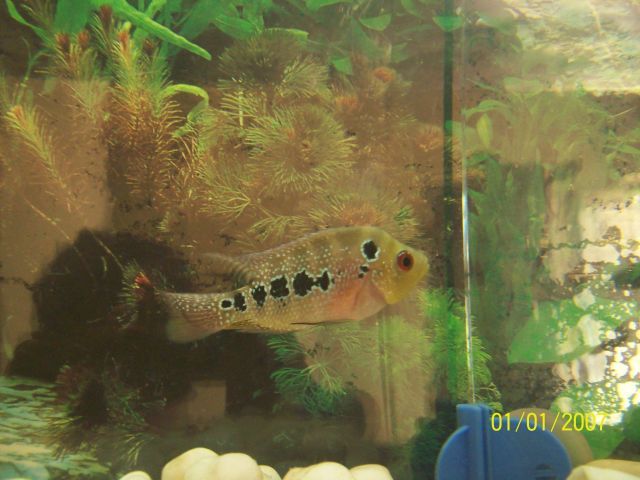 FH
QuestionFH
QUESTION: Question
my flower horn
IS
FH
QuestionFH
QUESTION: Question
my flower horn
IS
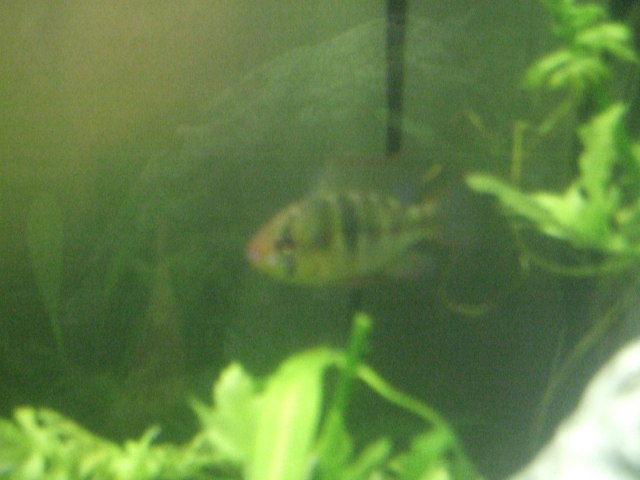 Danio fry, angles, rams
Questionram
QUESTION: HI,
I have a couple quest
Danio fry, angles, rams
Questionram
QUESTION: HI,
I have a couple quest
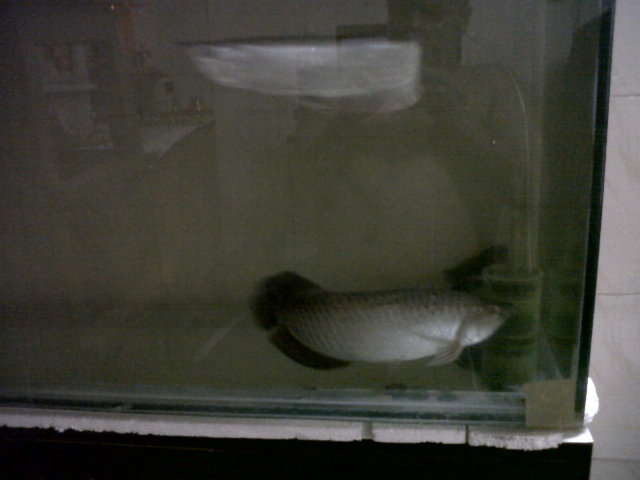 Keeping 11
QuestionQUESTION: As i have mentioned above i have two
Keeping 11
QuestionQUESTION: As i have mentioned above i have two
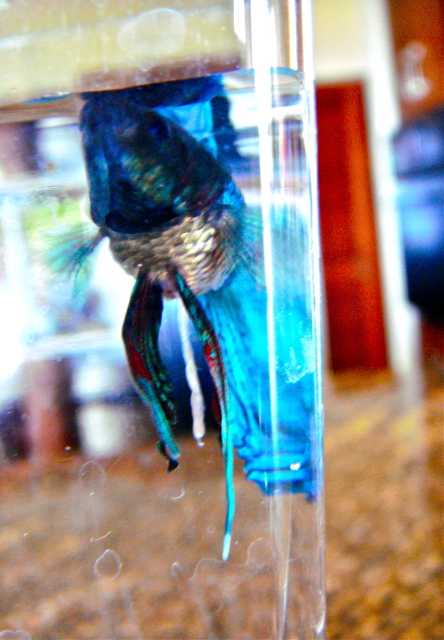 Sick Siamese Fighting Fish
Question
Hi. I have a male Siamese Fighting Fish
Sick Siamese Fighting Fish
Question
Hi. I have a male Siamese Fighting Fish
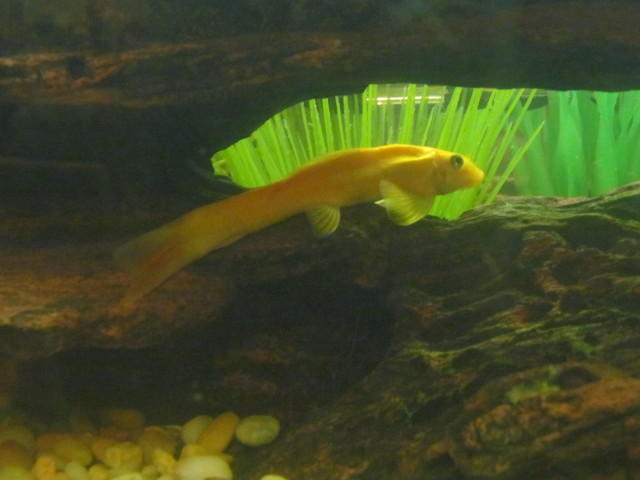 Chinese Algae Eater- Sick
Question
"Monster"
I have a Chinese Al
Chinese Algae Eater- Sick
Question
"Monster"
I have a Chinese Al